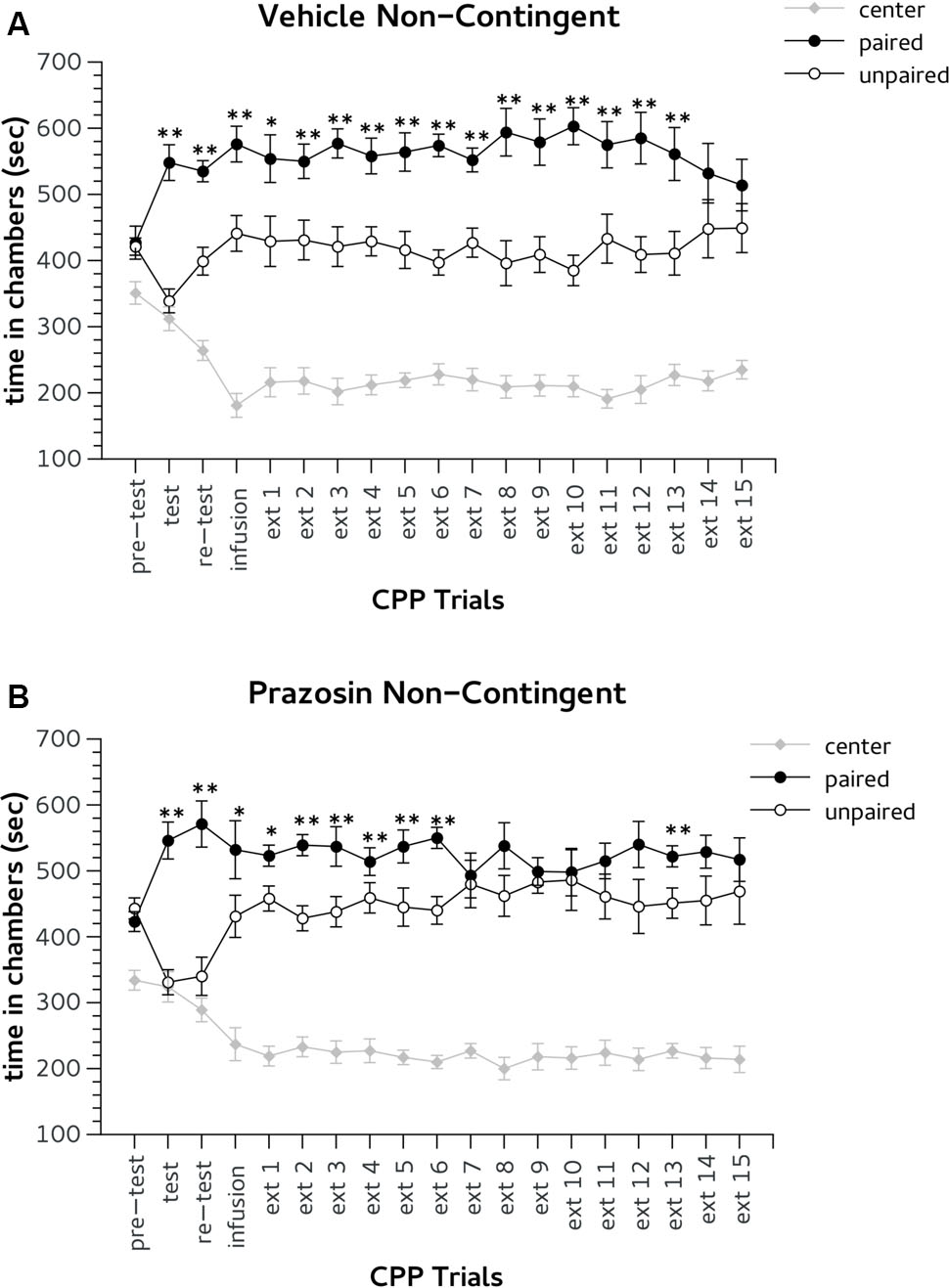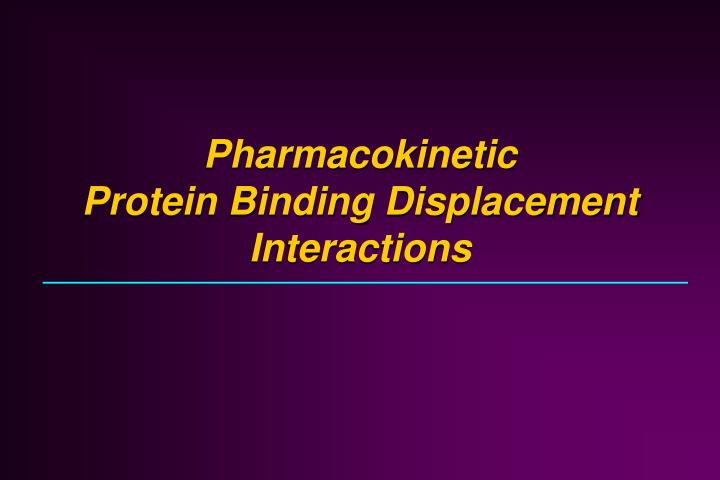


5,6 As the variety, number, and therapeutic indications for mAbs continue to increase, 3,7,8 the chance of encountering patients using these biologics (or the growing number of their generic versions, known as biosimilar products) in the dental setting will grow. And, despite their specificity to the intended cells and tissues defined as “targeted therapies” and generally good tolerability, mAbs are not without adverse effects, including oral and peri-oral-some severe enough to warrant therapy discontinuation.

Like typical chemotherapeutic agents, biological products undergo the rigorous process of approval, monitoring, and post-market surveillance, ensuring their safety and effectiveness and helping to detect adverse reactions not identified during clinical trials. 3,4Īlong with vaccines, blood/blood components, tissues, cells, and other substances of biological origin, mAbs are “biologics” produced by complex biotechnological methods overseen by the FDA. 1,2 The field of mAbs has progressively grown since its introduction: 2018 had the greatest number of FDA approvals-12-and, by August 2020, five new mAbs were approved, with 17 more under review. 1 Progress in biotechnology allowed for development of partially and then fully human mAbs, which reduce the risk of immune response and permit much wider use. The first mAb was generated in 1975, and the first mAb muromonab-CD3, a mouse antibody used to prevent kidney transplant rejection, was approved by the United States Food and Drug Administration (FDA) in 1986. List the adverse effects and reactions caused by the use of mAbsĬomprising a large and fast-growing group of medications with diverse therapeutic targets, monoclonal antibodies (mAbs) have a wide-ranging variety of current and potential therapeutic applications.Identify the therapeutic indications of mAbs.



 0 kommentar(er)
0 kommentar(er)
